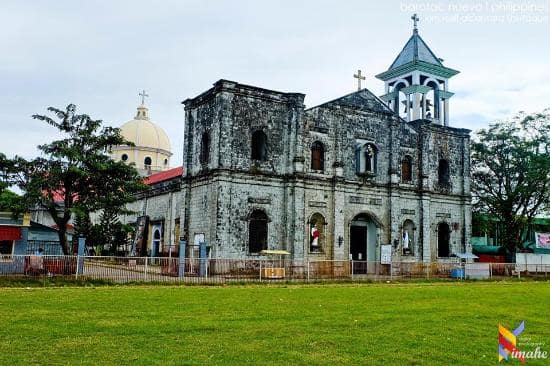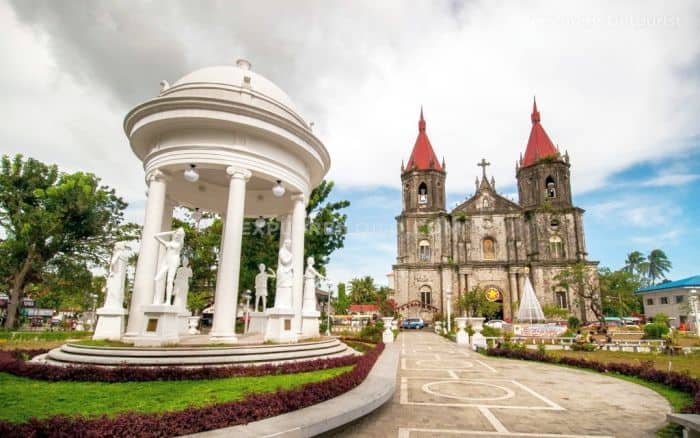CEBU CITY: Revealing Paradise in the Queen City of the South
TIP: You can travel to Iloilo via bantayan for around 590 pesos via ferry (big ship). The ferry leaves around 6 pm and you get there the next morning around 7 am. Where do you recommend going if you’re visiting Cebu City? Leave a comment and tell us what you think! Or, if you decide … Read more



